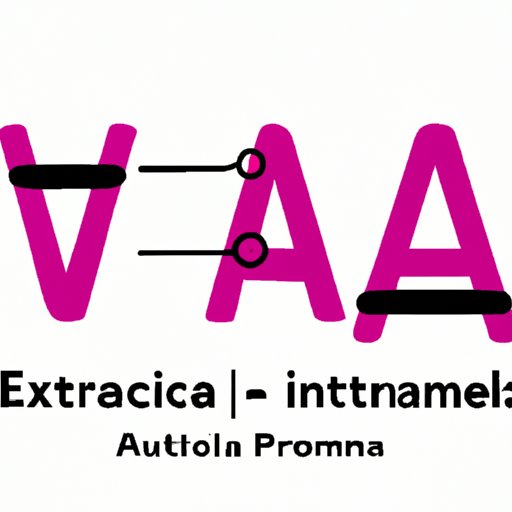I. Introduction
In today’s digital age, security is a top concern for individuals and businesses alike. From online banking to social media, more and more activities are moving online, making it essential to protect sensitive information. Authentication, Authorization, and Accounting (AAA) is a critical tool for ensuring security in the digital realm. In this article, we’ll explore what AAA is, why it matters, and how it can be implemented effectively.
II. The Importance of Understanding AAA in Today’s Digital Age
As more activities move online, the need for secure authentication, authorization, and accounting becomes increasingly important. Without proper implementation of AAA, sensitive information can be easily compromised. This can result in financial loss, reputational damage, and legal consequences. The risks of not implementing AAA include unauthorized access to systems, data breaches, identity theft, and denial-of-service (DoS) attacks.
III. Breaking Down the Meaning of AAA: A Comprehensive Guide
Authentication, Authorization, and Accounting (AAA) is a security framework that comprises three main components: authentication, authorization, and accounting. Authentication is the process of verifying the user’s identity, while authorization is the process of determining whether the user has the necessary permissions to access specific resources. Accounting is the process of tracking what the user does while accessing the resource. These components work together to provide secure access to networks and applications.
IV. AAA for Beginners: Everything You Need to Know
Authentication, Authorization, and Accounting (AAA) can seem daunting to beginners. However, it’s essential to understand each component to implement AAA effectively. Authentication can be achieved through various methods, such as passwords, biometrics, and smart cards. Authorization can be done through access control lists (ACLs) and user roles. Accounting can be achieved through logs and audits. It’s crucial to use these methods in combination to create a strong security framework.
V. The Pros and Cons of Implementing AAA in Your Business
Implementing AAA can have numerous benefits for your business, including improved security, better access control, and compliance with regulations. However, there are also potential drawbacks to consider, such as the cost of implementation, complexity, and administrative overhead. It’s essential to weigh the pros and cons carefully before deciding to implement AAA in your business.
VI. The Evolution of AAA and How It Affects Your Online Security
AAA has come a long way since its inception in the 1980s. As new security threats emerge, AAA has evolved to keep up with the changing landscape. For example, the use of biometrics for authentication has become more prevalent, while multifactor authentication has become a standard practice. It’s essential to keep up with the latest trends in AAA to ensure the security of your online activities.
VII. Best Practices for Managing AAA in a Corporate Environment
Managing AAA in a large organization can be challenging. It’s important to have a well-defined AAA policy that outlines roles and responsibilities, access control procedures, and audit processes. A centralized AAA system can also help manage authentication, authorization, and accounting effectively. It’s crucial to monitor and audit AAA policies regularly to ensure they meet the changing needs of the organization.

VIII. Exploring the Connection Between AAA and User Experience
AAA can have a significant impact on user experience. Complex authentication processes or authorization rules can hinder user productivity and lead to frustration. It’s important to strike a balance between security needs and user convenience. This can be achieved by implementing strong authentication methods while also providing easy-to-use interfaces and streamlined authorization processes.
IX. Conclusion
Authentication, Authorization, and Accounting (AAA) is a vital tool for ensuring security in today’s digital age. By understanding the meaning and components of AAA, individuals and businesses can implement effective security policies. Implementing AAA can have numerous benefits, such as improved security and compliance with regulations. By following best practices for managing AAA, businesses can ensure that their online activities remain secure. Balancing the needs of security with user experience is essential for successful AAA implementation. By implementing AAA, individuals and businesses can protect sensitive information and prevent cyber attacks.
